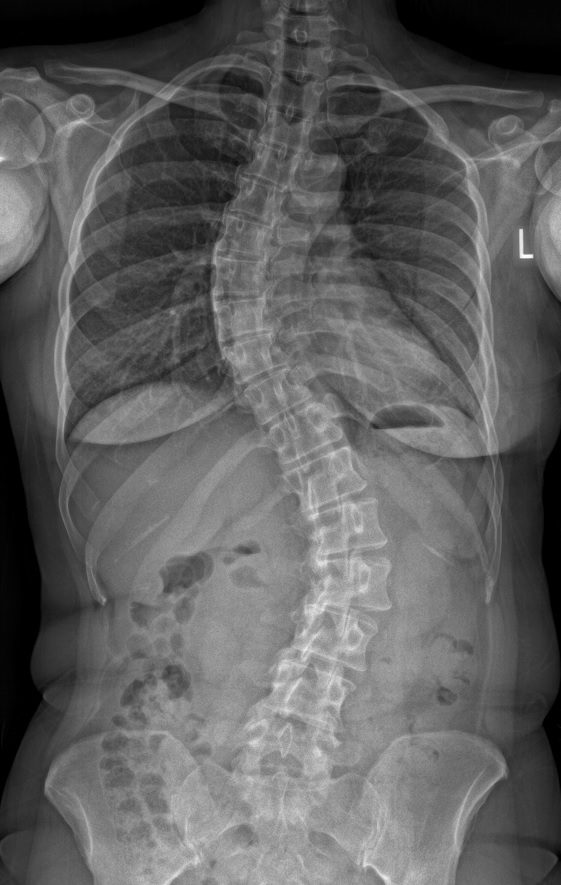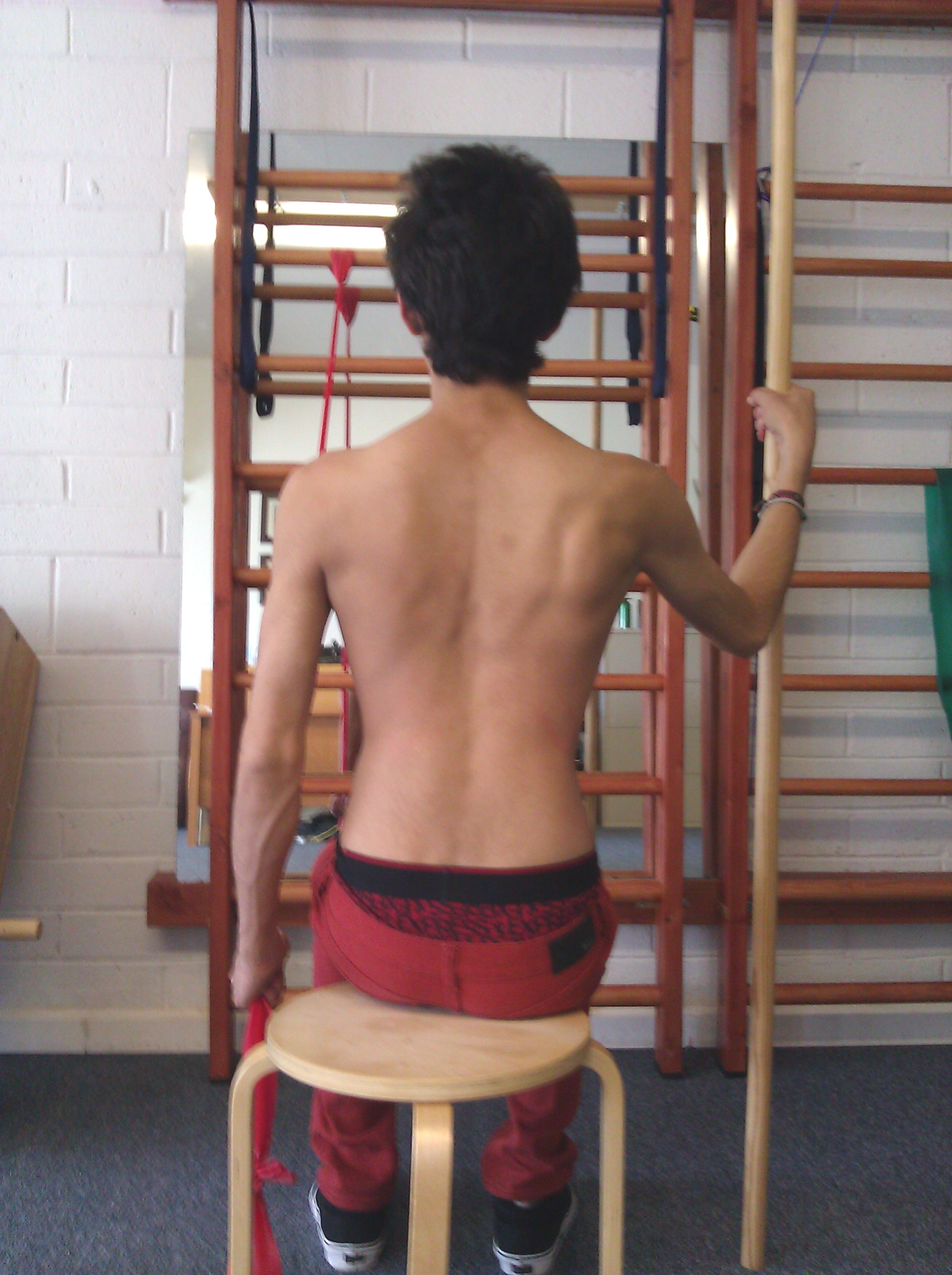
Scoliosis is a medical condition that involves the abnormal twisting of the spine. Scoliosis comes from the Greek word "Skolios," meaning "twisted." Scoliosis is a three-dimensional spine deformity, including forward, sideways, and rotational movements of the involved vertebrae.
The most common group of scoliosis is idiopathic scoliosis, which develops throughout a person's lifetime. The cause of idiopathic scoliosis is primarily unknown.
Muscle imbalances can contribute to the development of scoliosis, which causes an uneven weight distribution on the spine. If you suspect you may have scoliosis, it is essential to seek medical attention, as early detection can prevent the condition from worsening.
Muscle imbalance
Scoliosis is always accompanied by muscle imbalance and tightness in the soft tissues, regardless of its degree or cause.
Failing to address these two issues correctly can lead to the progression of the curves and eventually result in pain and deformity.
However, if treated early and appropriately, the progression of the spinal pathological curvature can be slowed down or stopped altogether, and in some cases, the curvature can improve.
Treatment
Since the number and the convexity of the pathological curve of scoliosis vary among patients, we design highly individualized programs that address our client's particular type of scoliosis. Our Scoliosis Program incorporates principles of manual therapy (passive techniques to improve mobility in joints and associated structures), the Schroth Method (a non-invasive, three-dimensional scoliosis treatment technique), Pilates reformer, spine corrector, wall bars, etc. We also use more common tools that are more accessible (for the home exercise program) but will allow the same exercises to be performed. These tools include poles, yoga belts, low stools, and Thera-Bands.
  |
|
Schroth Method
The Schroth Method is a three-dimensional technique for treating scoliosis. Scoliosis patients present pathological spinal curvature and asymmetry in muscle strength and mobility. The Schroth Method uses various isometric strengthening and stabilization exercises to address those muscle imbalances, prevent the progression of the curvature, and, in many cases, reduce the spinal curvature.
The Schroth Method was developed by the physical therapist Katharina Schroth (1894 - 1985). In the 1920s, her daughter Christa Lehnert-Schroth further developed it. By the 1960s, The Schroth Method became Germany's standard non-surgical treatment for scoliosis.
The Schroth Method is a three-dimensional technique used to treat scoliosis.
For more information about the Schroth Method, visit BayAreaScoliosis.com.
The difference
 As stated before, we treat each type of scoliosis according to its kind and number of curvature. For example, a compensated three-curve scoliosis must be treated differently than a non-compensated C-curve scoliosis.
As stated before, we treat each type of scoliosis according to its kind and number of curvature. For example, a compensated three-curve scoliosis must be treated differently than a non-compensated C-curve scoliosis.
After thoroughly assessing and determining the type of scoliosis, we tailor a Schroth scoliosis program to address that type.
We emphasize educating our clients/patients about their scoliosis and how an intensive Schroth program can help to improve their scoliosis. Understanding scoliosis and its treatment approach is crucial to performing home exercises correctly.
After a few Schroth scoliosis sessions, clients/patients become more aware of the curvature in their spine, the position of their ribs, shoulders, and hips, their spinal alignment, and muscle imbalance (tightness and weakness). This enables them to consciously correct their posture during our sessions and throughout the day.
During our scoliosis program, we can gradually improve muscle strength, reduce the pathological curvatures in the spine, enhance lung vital capacity, improve the spine's flexibility and elasticity of muscles, diminish pain, and maximize functionality.
The key to your success is your commitment and consistency with your home exercise program.
